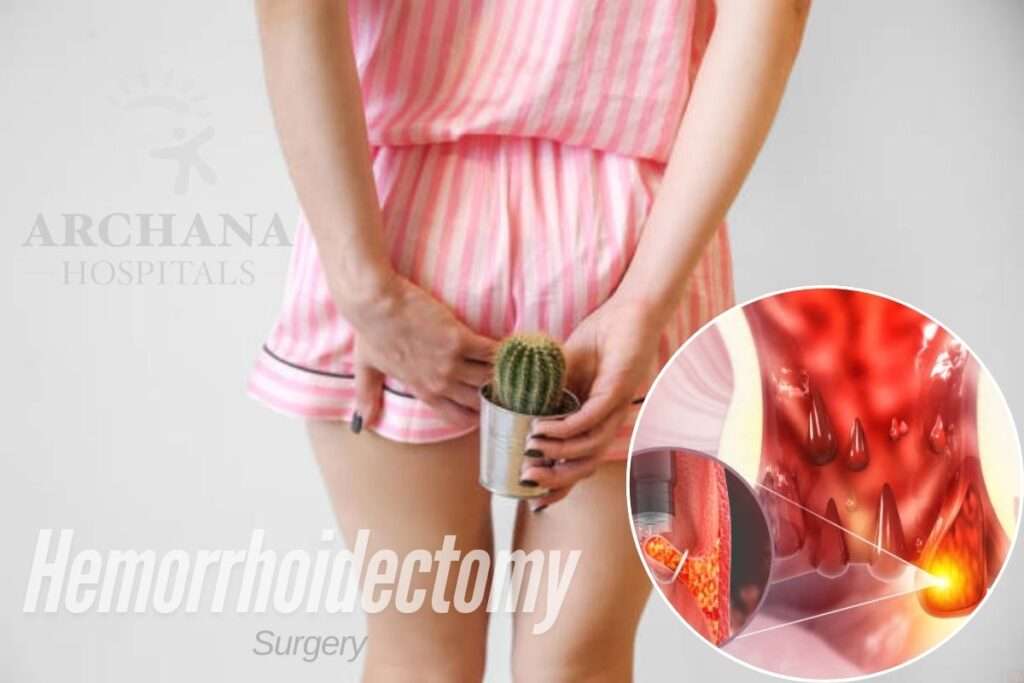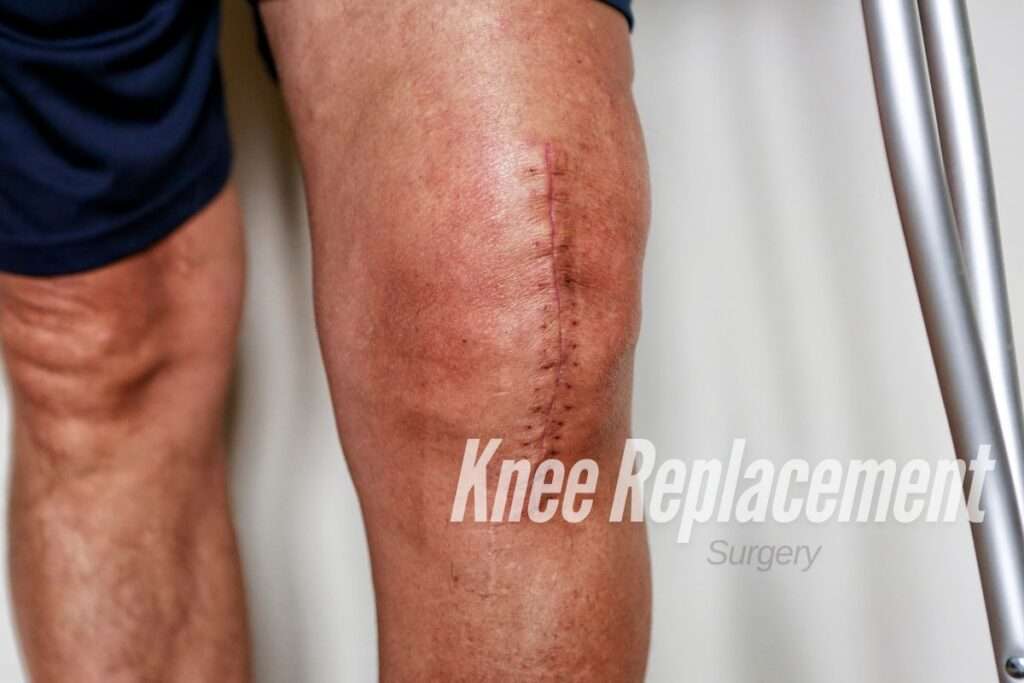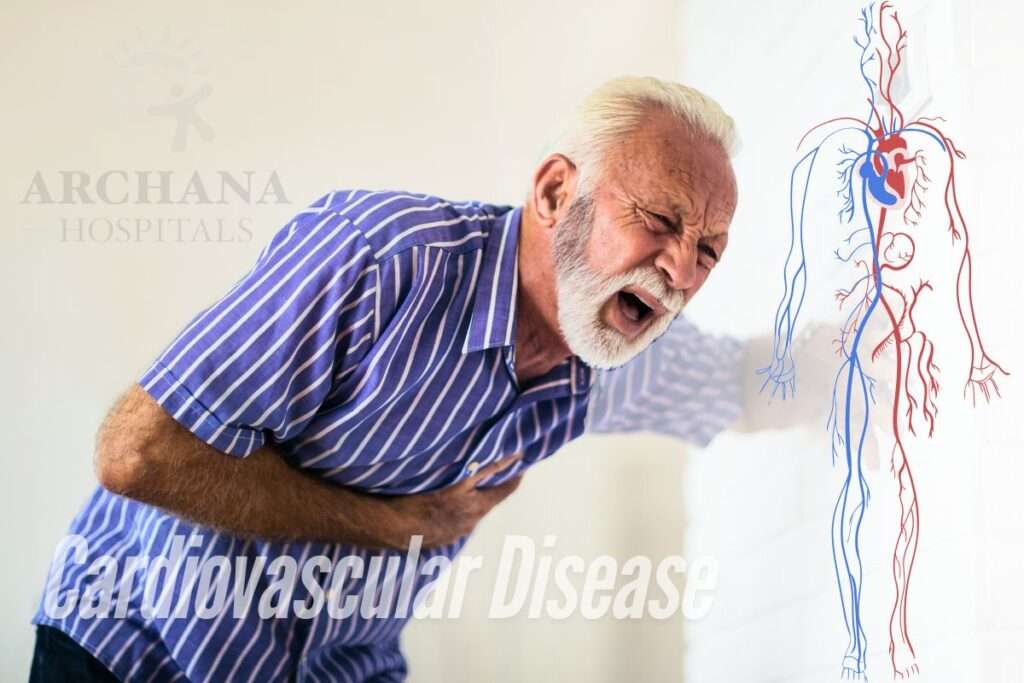What is a Pacemaker?
A Pacemaker is a small device implanted under the skin to regulate heart rhythm by sending electrical pulses to the heart muscle, ensuring it beats regularly and efficiently. It’s used to treat arrhythmias and improve overall heart function.
The main function of a pacemaker is to monitor the heart’s electrical activity and intervene when it detects irregularities. The heart relies on electrical impulses to contract and pump blood effectively. In some individuals, these impulses may become irregular or too slow, leading to symptoms such as dizziness, fainting, shortness of breath, or fatigue. A pacemaker helps by sending electrical impulses to the heart muscle, ensuring it beats at a regular rhythm and maintains an adequate heart rate.
Components of a Pacemaker:
Pulse Generator: This is the main component of the pacemaker and contains the battery and electronic circuitry. The battery supplies power to the pacemaker and can last several years depending on usage.
Leads: These are thin, insulated wires that carry electrical impulses from the pulse generator to the heart and transmit information about the heart’s activity back to the pulse generator. Modern pacemakers can have one to three leads depending on the type of arrhythmia being treated.
Sensing Electrodes: These are part of the leads and detect the heart’s natural electrical signals. The pacemaker uses this information to determine when and how to deliver electrical impulses.
Programmer: This is an external device used by healthcare providers to program and adjust the settings of the pacemaker. It allows customization of the pacing parameters based on the patient’s specific needs.
How a Pacemaker Works:
Sensing: The pacemaker continuously monitors the heart’s electrical activity through the sensing electrodes. It detects the natural heartbeat and determines if additional pacing is needed.
Pacing: If the pacemaker detects a slow heart rate or an abnormal rhythm, it delivers a small electrical impulse to the heart muscle through the leads. This causes the heart to contract and maintain a regular rhythm.
Rate-Responsive: Some pacemakers are designed to adjust the heart rate based on the body’s needs. They can increase heart rate during physical activity and decrease it during rest.
Monitoring: Pacemakers can store information about the heart’s activity, which can be retrieved during follow-up appointments to assess how well the device is functioning and to make any necessary adjustments.
Types of Pacemakers:
Single-Chamber Pacemakers: These have one lead connected either to the right atrium (upper chamber) or the right ventricle (lower chamber) of the heart.
Dual-Chamber Pacemakers: These have two leads—one in the right atrium and one in the right ventricle. They coordinate the timing of electrical impulses between the two chambers to mimic the heart’s natural rhythm more closely.
Biventricular Pacemakers (Cardiac Resynchronization Therapy, CRT): These are used in patients with heart failure and have three leads—one in the right atrium and two in the right and left ventricles. They help synchronize the contractions of the heart’s lower chambers to improve pumping efficiency.
The Benefits of Pacemaker Implantation
Pacemaker implantation offers significant benefits for individuals with certain cardiac conditions characterized by abnormal heart rhythms or slow heart rates (bradycardia). Here are the key benefits:
Restoration of Normal Heart Rate: Pacemakers ensure that the heart beats at a regular rate, which is crucial for maintaining adequate blood flow to the body’s organs and tissues. By delivering electrical impulses to the heart muscle when needed, pacemakers prevent symptoms associated with slow heart rates, such as dizziness, fainting, fatigue, and shortness of breath.
Improved Quality of Life: For many patients, pacemaker implantation leads to a dramatic improvement in symptoms and overall quality of life. It allows individuals to resume normal daily activities without the limitations imposed by symptoms of bradycardia or irregular heart rhythms.
Symptom Relief: Pacemakers effectively alleviate symptoms caused by bradycardia, such as lightheadedness, weakness, and episodes of passing out (syncope). By maintaining a steady heart rate, these devices prevent interruptions in blood flow that can cause these distressing symptoms.
Enhanced Exercise Tolerance: Individuals with pacemakers often experience improved exercise tolerance and endurance. By ensuring the heart responds appropriately to physical activity, pacemakers enable patients to exercise regularly without experiencing symptoms of inadequate blood circulation or heart rhythm disturbances.
Prevention of Complications: Pacemakers help prevent potentially serious complications associated with untreated bradycardia or certain arrhythmias. These may include heart failure, stroke, or other cardiovascular events that can arise when the heart’s rhythm is irregular or too slow to meet the body’s demands.
Customizable Therapy: Modern pacemakers are programmable devices that allow healthcare providers to customize pacing parameters based on individual patient needs. This flexibility ensures optimal therapy tailored to each patient’s specific condition and physiological requirements.
Long-Term Management: Pacemakers are durable devices with batteries that typically last several years. Regular follow-up appointments are necessary to monitor the device’s function, adjust settings as needed, and replace the device when the battery eventually runs out. Long-term management ensures ongoing effectiveness in managing cardiac rhythm disorders.
Technological Advancements: Advances in pacemaker technology continue to improve device performance, longevity, and patient outcomes. New features such as rate responsiveness (adjusting heart rate based on activity level) and remote monitoring capabilities enhance patient safety and convenience.
Safety and Reliability: Pacemakers have a proven safety record and are considered a reliable treatment option for individuals with specific cardiac conditions. The procedure for implantation is generally safe, with low rates of complications when performed by experienced healthcare providers in appropriate clinical settings.
What to Expect After Pacemaker Surgery
After pacemaker surgery, patients can expect a period of recovery and adjustment as they adapt to the presence of the device and its impact on their daily lives. Here’s a comprehensive overview of what to expect:
Immediately After Surgery:
Hospital Stay: Most patients remain hospitalized for monitoring and recovery for 1-2 days after pacemaker implantation. During this time, vital signs are closely monitored, and any post-operative pain or discomfort is managed with medications.
Incision Care: Patients will have a small incision where the pacemaker was implanted, usually near the collarbone. It’s important to keep this area clean and dry to prevent infection. The healthcare team will provide instructions on how to care for the incision and when to remove any dressings.
Activity Restrictions: Initially, patients are advised to limit movement of the arm on the side where the pacemaker was implanted to allow the incision site to heal properly. Heavy lifting and strenuous activities should be avoided for a few weeks to prevent strain on the incision.
Recovery Tips for Pacemaker Patients
Recovery after receiving a pacemaker involves several key steps to ensure optimal healing and adjustment to the device. Here are some essential recovery tips for pacemaker patients:
Post-Procedure Care: Immediately after implantation, it’s crucial to follow the doctor’s instructions regarding wound care and activity restrictions. Keeping the incision site clean and dry helps prevent infection.
Activity Level: Initially, avoid strenuous activities and lifting heavy objects to allow the pacemaker leads to settle properly. Gradually resume normal activities as advised by your healthcare provider.
Medication Adherence: Take all prescribed medications regularly, especially those related to preventing infection or managing heart conditions.
Monitoring: Attend follow-up appointments to ensure the pacemaker is functioning correctly and to adjust settings if needed. Remote monitoring systems can also be set up for regular check-ups.
Driving Restrictions: Discuss with your doctor when you can safely resume driving, as regulations vary depending on location and individual circumstances.
Lifestyle Adjustments: Adopt a heart-healthy lifestyle, including a balanced diet low in sodium and saturated fats, regular exercise within recommended limits, and avoiding smoking and excessive alcohol consumption.
Emotional Support: Adjusting to life with a pacemaker can be challenging emotionally. Seek support from family, friends, or support groups to share experiences and address concerns.
Device Identification Card: Carry a pacemaker identification card at all times, which provides crucial information in emergencies and during security screenings.
Electromagnetic Interference: Be mindful of devices or environments that could interfere with the pacemaker’s function, such as strong magnets or certain medical procedures. Your healthcare provider can provide specific guidelines.
Alert Healthcare Providers: Inform all healthcare providers about your pacemaker before any procedures, tests, or treatments to avoid potential complications.
Watch for Signs of Complications: Be aware of symptoms like dizziness, chest pain, palpitations, or swelling around the device site, which could indicate issues needing immediate medical attention.
Education and Support: Educate yourself about your pacemaker model, its functions, and potential signs of malfunction. Knowledge empowers you to manage your health effectively.
Conclusion :
Choosing the best hospital for Pacemaker Implantation in Madinaguda involves considering factors such as the hospital’s reputation, the expertise of cardiologists and cardiac surgeons, the availability of advanced technology for diagnostics and procedures, patient outcomes, and the quality of post-operative care. Researching and consulting with healthcare professionals is essential to ensure you receive the highest standard of cardiac care tailored to your specific needs and preferences.
















